- Artistic Harmony in History: The Golden Ratio
- Art Appreciation, the Nervous System, and the Healing Power of Art
- Aesthetical Experiencing
- Art Psychology and its Usage
- Colours and Emotions
- The Role of Color Psychology in Healing Through Art
- Conclusion: Art Heals
- FAQ
- Recommended Reading
Wall art not only expresses your personality, your character, functioning as a stylistic statement in your home but can also improve your mental and emotional well-being. Strongly underestimated but widely studied scientifically is the healing power of visual arts. Colours, forms, shapes, and their compositions have a positive impact on your health and brain function when chosen wisely. This knowledge is applied in the medical field, art therapy, interior design, and marketing.
Artistic Harmony in History: The Golden Ratio
Theories about the healing power of art are by no means merely a modern phenomenon. For instance, ancient Greece brought forth the mathematical knowledge about the divine ratio, which was applied in art and architecture. This balanced proportion also called the “Golden Ratio” was thought to have a positive impact on the human psyche: Exposing oneself to external harmony was meant to restore the inner wellbeing of the viewer. The principle was revived during the Renaissance and is still a guiding principle for artists and designers to make us feel comfortable today.
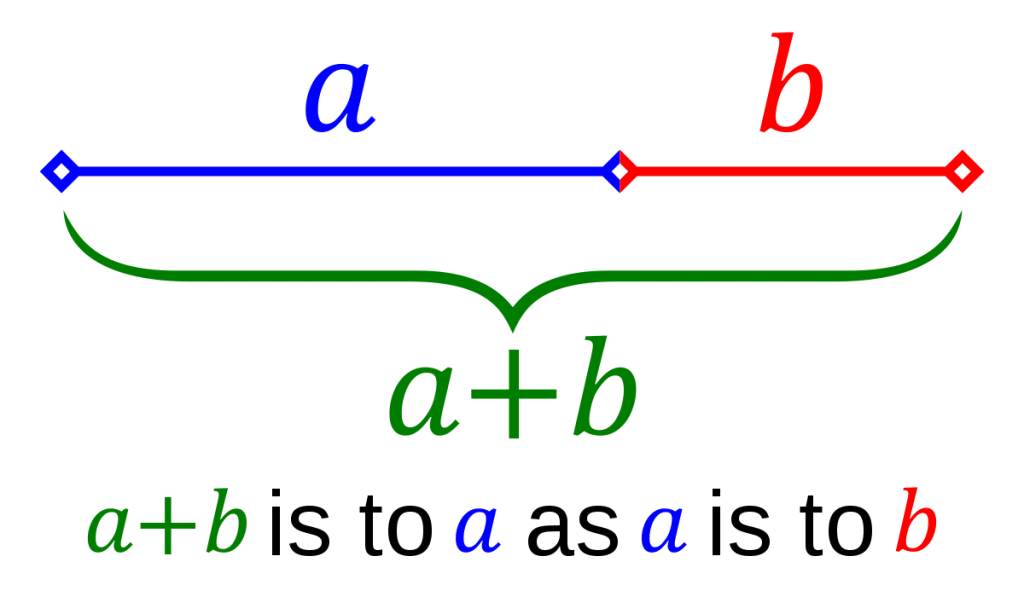
Art Appreciation, the Nervous System, and the Healing Power of Art
An increasing amount of scientific evidence shows that both creating art and appreciating art changes the brain wave patterns, the nervous system, and your emotions. In the process of looking at a piece of art you like, levels of the hormone serotonin rise which can stabilize your mood, feelings, well-being, and increase happiness. The hormone impacts the entire body and enables the brain cells to communicate with other cells of the nervous system. We feel enhanced, sleep more soundly, and can better enjoy our daily lives.
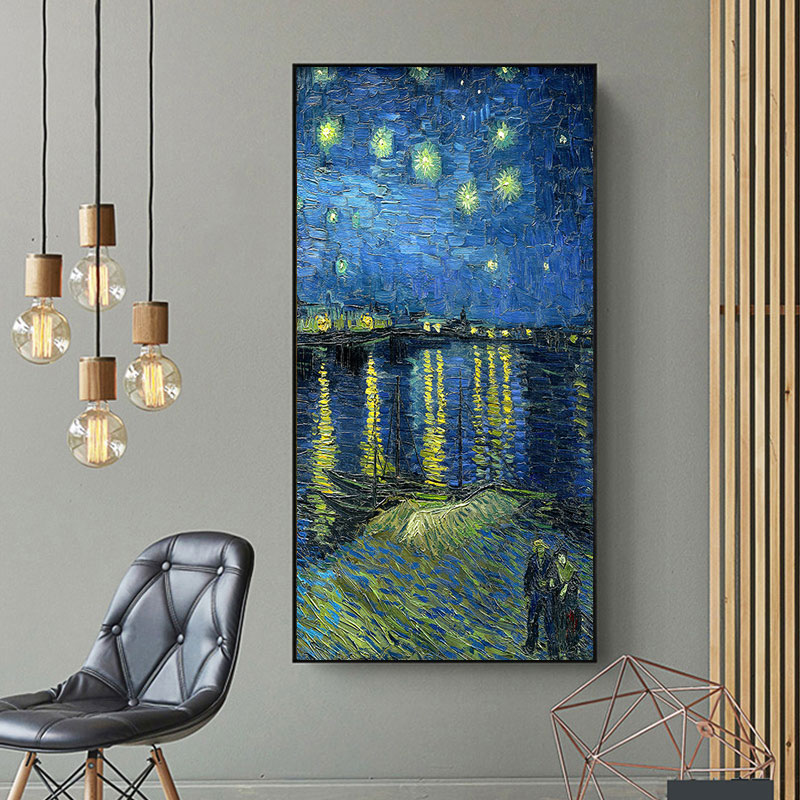
Aesthetical Experiencing
Recent studies hypothesize that pleasure in the reception of visual art relies largely upon the enjoyment one encounters when aesthetically experiencing and judging a piece of art. If aesthetically pleasing, such an experience will lead to a pleasant and rewarding emotion. Generally, how we receive art is strongly determined by what is shown in the picture, the “valence of the artwork”. Even if a piece of art includes an emotional stimulus that might be connotated negatively, such an impact is perceived to be fictional and outside of the viewers own reality, so that emotions can be regulated accordingly.
Therefore, the viewer does not necessarily relate to the artist’s emotional state he was in during the process of creating the piece of art. For instance, we know that Vincent van Gogh suffered from mental illness, going through emotional pain during his artistically most productive period. Contrary, many people feel uplifted looking at his bright sunflower paintings or the sparkling starry nights. Mark Rothko’s later paintings in which he uses a darker colouration, lots of blacks and greys, have been read as suicide notes. Notwithstanding, many people experience a sense of calmness and peacefulness when looking at his colourfield paintings. Jackson Pollock largely refrained from using evocative titles for his paintings, pertaining to simply numbering them. He did so since he did not want viewers to be influenced by his own interpretation, making the impact purer, more neutral.
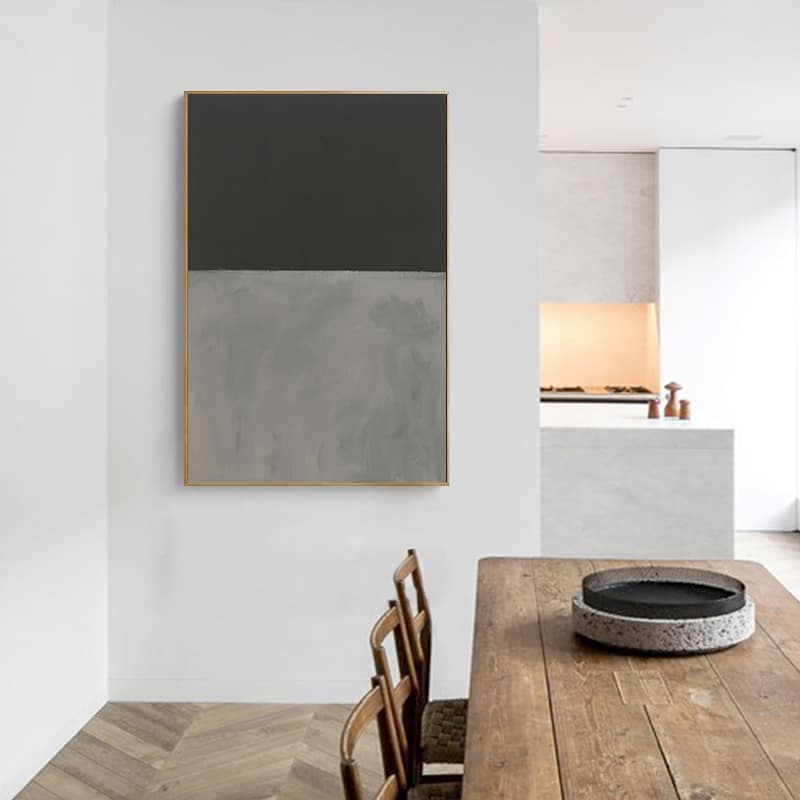
These examples show that experiencing a piece of art is highly personal. When choosing a piece of art for your home, the first consideration therefore should be if it is pleasing to you and your family and if you can emotionally connect to it, giving you an uplifting experience. Secondary are spacial reflections and principles of interior design.
Art Psychology and its Usage
The scientific knowledge about art experiencing is used in psychology extensively. In marketing psychology, cognitive psychological research helps to better understand how to effectively use visuals to convince leads. Coloured visuals and images have proven to increase people’s desire to read content, generate more backlinks and posts than another form of content. After looking at attractive visuals, people are approximately 90 per cent more likely to buy a product. In the medical area, art therapy is used to lead patients to better deal with a wide array of conditions, reduce symptoms including stress levels and anxiety, as well as heightening motivation. Therapeutical approaches of art therapy include both involving patients in classical artistic techniques such as paintingPainting is a fundamental form of visual art that has been practiced for thousands of years. It involves applying pigment to a surface such as canvas, paper, or a wall. Painting can be explored through various styles, techniques, and mediums, each offering unique possibilities for expression and creativity. Historical Background • Ancient Beginnings: The history of painting dates back to More, sculptureSculpture refers to a three-dimensional art form created by shaping or combining materials. Sculptors use various techniques to carve, model, cast, or construct their works, resulting in pieces that can be viewed from multiple angles. History and Origin Sculpture has a long history, dating back to prehistoric times. Early humans carved figures from stone, bone, and wood. These early sculptures More, and complimentary plastic arts, and in art appreciation. Experts have discovered that paintingPainting is a fundamental form of visual art that has been practiced for thousands of years. It involves applying pigment to a surface such as canvas, paper, or a wall. Painting can be explored through various styles, techniques, and mediums, each offering unique possibilities for expression and creativity. Historical Background • Ancient Beginnings: The history of painting dates back to More and looking at pieces of art in the therapeutic context allows the release of endorphins, the hormones that provide the feeling of well-being, and dopamine, the hormone that gives the emotion of reward.
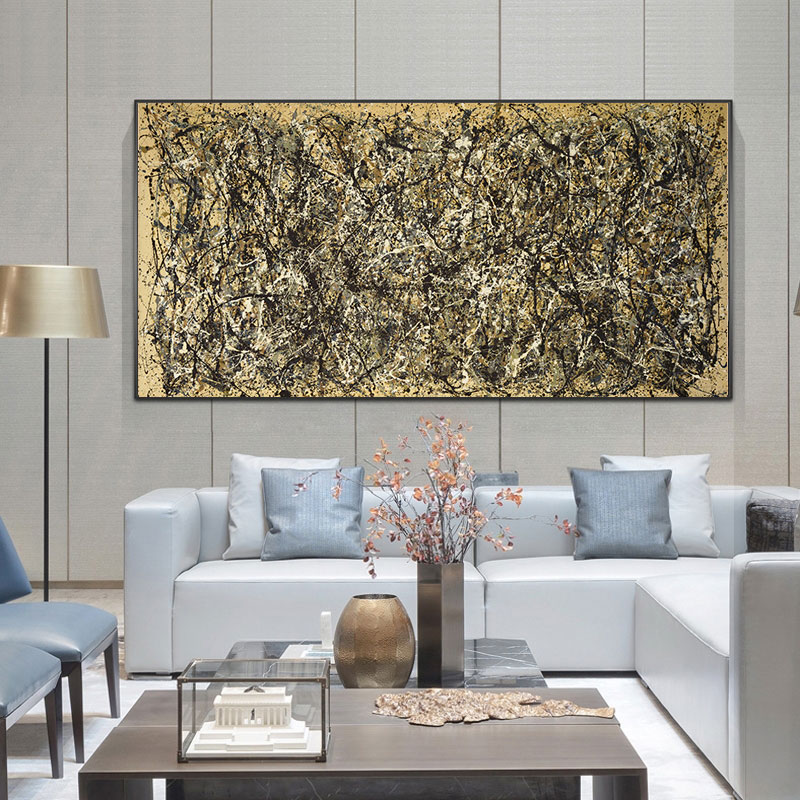
Colours and Emotions
Colour psychology examines the effects of colours on people and is taken very seriously in the design of medical facilities and in marketing. Colours are said to have an impact on the nervous system, causing changes in mood, enticing certain actions, or promoting peace and calm. For example, yellow is widely used in hospitals. Being bright and cheerful is said to inspire creativity and invigorating. Green is considered restful, symbolizing renewal and growth. While red is the most stimulating colour, strengthening vitality and energy, orange is said to radiate warmth and a sense of joy and is often applied in children’s wards. Blue is said to increase serenity and peacefulness and even known to lower blood pressure and heart rate. The interaction of colours and emotions is a fascinating field that plays a major role in the study of the impact of art on the nervous system.
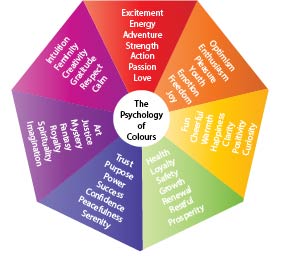
The Role of Color Psychology in Healing Through Art
Color psychologyColor psychology examines how colors influence human behavior, emotions, and perceptions. This field combines elements of art, design, and psychology to understand the impact of color on our daily lives. It explores how different hues can evoke specific feelings and responses. Colors play a crucial role in visual communication. They can convey messages, set moods, and even affect decision-making. For More deeply influences how we experience art, with each color evoking specific emotional and psychological responses. Warm hues like red, orange, and yellow stimulate feelings of happiness, energy, and warmth, making them ideal for spaces where vibrancy and positivity are needed. Cooler tonesIn color theory, a tone is a version of a color created by adding gray (a mix of black and white) to the original hue. This concept is essential for artists and designers as it allows for a wide range of colors that are neither too dark nor too light, providing versatility in creating depth, mood, and harmony within a More, such as blue and green, have a calming, soothing effect that can reduce stress and anxiety, perfect for creating a relaxing environment.
Understanding this connection allows individuals to use color intentionally in art therapy, both in the art they create and the pieces they surround themselves with. For example, incorporating calming blues or peaceful greens in a workspace may promote relaxation and focus, while lively yellows in a living area could enhance social interactions and boost mood. These color choices make art a powerful tool for mental health management, adding another layer of intentionality when selecting or creating artwork for emotional well-being. Whether you are looking to energize a space or cultivate calm, the colors you choose in art have the potential to impact both mood and health.
Conclusion: Art Heals
Given the extensive impact that pictures can have on our psyche and physical wellbeing, the significance of art in your home is evident. Gazing upon beautiful art, work that is whole in itself and balanced, we can experience the refinement of body and soul. Choose art that you resonate with, that you can connect to for enhancing the beauty of your home and for an everyday uplifting experience.
FAQ
How does creating art affect mental health?
Creating art engages the brain in a way that promotes emotional expression and stress relief. It allows people to process complex feelings without verbalizing them, making it a powerful outlet for mental health. The act of focusing on art can also foster mindfulness, reducing anxiety.
Can viewing art help reduce stress?
Yes, simply viewing art can lower cortisol levels and reduce stress. Studies have shown that exposure to aesthetically pleasing visuals activates areas of the brain related to relaxation and pleasure. This makes art an effective tool for improving emotional well-being.
What is the relationship between art and mindfulness?
Art encourages mindfulness by allowing people to focus on the present moment. When individuals create or view art, they engage in a process of observation and reflection, which quiets the mind. This focused attention helps reduce distractions and stress, promoting a sense of calm.
How does color impact emotional healing in art?
Colors in art have a direct psychological effect, influencing mood and emotion. Bright, warm colors can uplift and energize, while cooler tonesIn color theory, a tone is a version of a color created by adding gray (a mix of black and white) to the original hue. This concept is essential for artists and designers as it allows for a wide range of colors that are neither too dark nor too light, providing versatility in creating depth, mood, and harmony within a More like blues and greens create a calming, soothing environment. Choosing the right colors in both art creation and decor can enhance emotional healing.
Why is art therapy effective for trauma recovery?
Art therapy provides a non-verbal way for individuals to process trauma. By creating visual representations of their experiences, people can express emotions they may struggle to communicate verbally. This creative expression facilitates healing and emotional release.
What role does art play in hospital environments?
Hospitals often use art to create a soothing and healing atmosphere for patients. Studies show that exposure to calming visuals, such as nature scenes or abstract art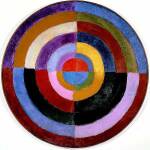 Abstract artworks diverge from depicting recognizable scenes or objects and instead use colors, forms, and lines to create compositions that exist independently of visual references from the natural world. This movement, which gained momentum in the early 20th century, was propelled by artists such as Wassily Kandinsky, Piet Mondrian, and Kazimir Malevich. These artists aimed to explore spiritual, emotional, and More, can reduce patient anxiety and even lower blood pressure. Art in these settings can speed recovery and improve overall well-being.
Abstract artworks diverge from depicting recognizable scenes or objects and instead use colors, forms, and lines to create compositions that exist independently of visual references from the natural world. This movement, which gained momentum in the early 20th century, was propelled by artists such as Wassily Kandinsky, Piet Mondrian, and Kazimir Malevich. These artists aimed to explore spiritual, emotional, and More, can reduce patient anxiety and even lower blood pressure. Art in these settings can speed recovery and improve overall well-being.
Can abstract art Abstract artworks diverge from depicting recognizable scenes or objects and instead use colors, forms, and lines to create compositions that exist independently of visual references from the natural world. This movement, which gained momentum in the early 20th century, was propelled by artists such as Wassily Kandinsky, Piet Mondrian, and Kazimir Malevich. These artists aimed to explore spiritual, emotional, and More contribute to emotional healing?
Abstract artworks diverge from depicting recognizable scenes or objects and instead use colors, forms, and lines to create compositions that exist independently of visual references from the natural world. This movement, which gained momentum in the early 20th century, was propelled by artists such as Wassily Kandinsky, Piet Mondrian, and Kazimir Malevich. These artists aimed to explore spiritual, emotional, and More contribute to emotional healing?
Yes, abstract art’s ambiguity allows viewers to project their own emotions onto the artwork, offering a sense of personal connection. Its open-endedness can stimulate introspection and emotional processing. This makes abstract art Abstract artworks diverge from depicting recognizable scenes or objects and instead use colors, forms, and lines to create compositions that exist independently of visual references from the natural world. This movement, which gained momentum in the early 20th century, was propelled by artists such as Wassily Kandinsky, Piet Mondrian, and Kazimir Malevich. These artists aimed to explore spiritual, emotional, and More particularly effective in promoting emotional release and healing.
Abstract artworks diverge from depicting recognizable scenes or objects and instead use colors, forms, and lines to create compositions that exist independently of visual references from the natural world. This movement, which gained momentum in the early 20th century, was propelled by artists such as Wassily Kandinsky, Piet Mondrian, and Kazimir Malevich. These artists aimed to explore spiritual, emotional, and More particularly effective in promoting emotional release and healing.
How can art improve cognitive function in aging individuals?
Engaging in art activities can help maintain cognitive function by stimulating brain areas responsible for memory, problem-solving, and creativity. It also encourages neuroplasticity, which is critical in slowing cognitive decline. Art-based activities are increasingly used in programs for older adults to enhance cognitive health.
How does creating art differ from viewing art in its therapeutic effects?
While viewing art can induce relaxation, creating art is an active process that allows for emotional release and personal expression. Creating art engages both the mind and body, offering a deeper therapeutic experience. This process can help people work through complex emotions more effectively than passive viewing.
How can integrating art into daily life enhance well-being?
Regular interaction with art, whether through creating or viewing, can improve mood, foster mindfulness, and reduce stress. Incorporating art into daily routines, such as keeping a sketchbook or visiting galleries, provides consistent opportunities for emotional expression and mental relaxation. This ongoing engagement contributes to long-term well-being.
Recommended Reading
June McLeod (2016): Colour Psychology Today
Karen Haller (2019): The Little Book of Colour: How to Use the Psychology of Colour to Transform Your Life
Barbara Ganim (2013): Art and Healing: Using Expressive Art to Heal Your Body, Mind, and Spirit
Leah Guzman ATR-BC (2020): Essential Art Therapy Exercises: Effective Techniques to Manage Anxiety, Depression, and PTSD
Want to be your own therapist? Try a Self-Therapy Journal!
You might also enjoy reading the following posts by Pigment Pool:
How to Choose Wall Art for Your Home: More than Decorating
Why Abstract Art is good for Us: Abstract Art and the Brain
MandalaA mandala is a complex and symmetrical geometric design that encompasses a circular form and is often rich in symbolic meaning. Derived from the Sanskrit word for "circle," mandalas have been used throughout history in a variety of spiritual and cultural contexts, primarily within Hinduism and Buddhism. They serve as spiritual symbols and tools for meditation, representing the universe and More and Meaning: The History and Significance of Mandalas
